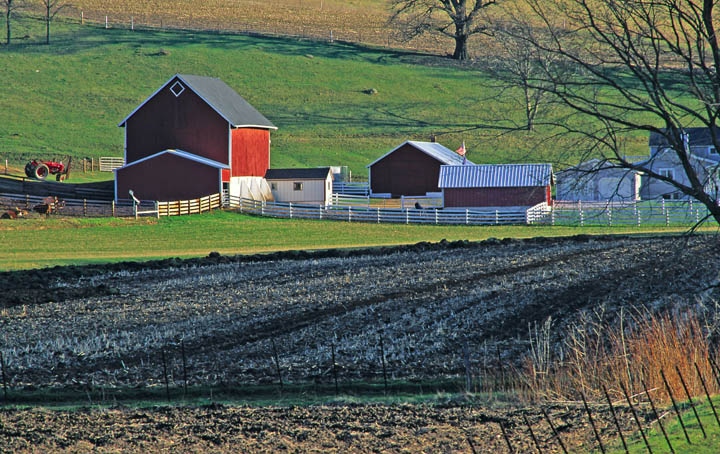
The continuing shift in production away from small commercial farms to larger farms is driven by financial pressures and aging operators.Some small commercial farms are profitable, while others stay in business by accepting low returns for their labor.Small commercial farms produced 22 percent of the nation’s farm output in 2007.
November 8, 2010

U.S. farm production is shifting to larger operations, while the number of small commercial farms and their share of farm sales continue a slow, long-term decline. Larger farms have a competitive advantage over smaller farms in most commodities because the average cost of production per unit declines as the size of the operation grows. In addition, many of the operators of small commercial farms are at least 65 years old and are leaving farming as they grow older.
Nevertheless, some small commercial farms are profitable, and the operators of many of the others are willing to place a low value on their labor, accept losses, and rely on off-farm income. Thus, the shift of production to larger farms will continue to be gradual, and substantial numbers of small commercial farms will remain in business.
To read more about this farm production shift and the viability of small farms, please see “U.S. Farm Structure: Declining — But Persistent — Small Commercial Farms” by Robert A. Hoppe, featured in USDA’s Amber Waves journal.
You May Also Like



